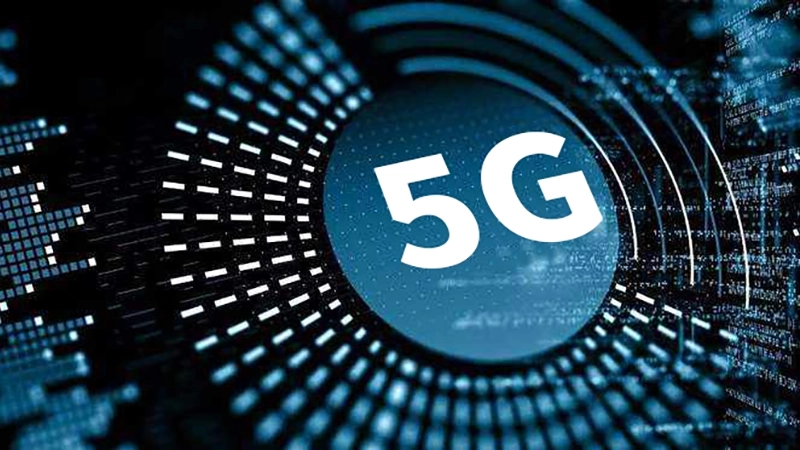What changes can 5G technology bring to robots?
Date:2019-06-135G technology is the biggest hot topic in this year's science and technology circle. It is understood that the emergence of 5G can not only help the development of robots or other robots that can communicate with human employees in real time, but also some of them can learn new tasks through observation or computer programs. Therefore, experts now believe that in the future, the popularization of 5G technology will hopefully reduce the production cost of robots. It is estimated that by 2034, the global 5G communication market will reach 565 billion US dollars

What changes can 5G technology bring to robots?
According to the actual situation of development, our country has a strong attitude of promoting and supporting the emergence of 5G technology, which makes the domestic 5G development speed far exceed the expected calculation. Whether it is a robot manufacturer or a service provider, it is necessary to consider and advance the layout of 5G technology field.
First, data return is more efficient. At present, the downlink peak speed of 5G is 20Gbps, which is 20 times faster than that of Gigabit 4G network, so it will make the robot more efficient and rapid in receiving information and task instructions in the process of using. To know that in general, 5G network delay to 1 millisecond, for humans to respond to the time will reach 400 milliseconds, so we can see that 5G compared to 4G network, end-to-end delay shortened by five times. After the popularization of 5G, the timeliness of data return will be greatly improved, and people can monitor and manage the robot's work in real time.
At the same time, the characteristics of low latency will add a new form of work to the industrial field: remote operation. In the past, every remote control command needed data transmission to the manipulating machine, and the results were fed back through video, while 5G technology can greatly reduce the transmission delay and the interval of 1-2 milliseconds. It is almost the same as on-site operation. Like the recent rise of telemedicine surgery, low latency not only changes the pattern of time, but also shortens the distance of space.
Second, more flexible and more end-to-end. In fact, we all know that WIFI communication mode has some shortcomings such as easy interference, switching and coverage. But after 5G appeared, eLTE technology based on 5G technology appeared in the process of factory application. It has relatively strong anti-interference ability, and 5G can also increase the connection of networked production equipment. 10-100 times, which means that the coverage is wider and wider, which can help to get better data analysis in robot application solutions, and also save the cost of network communication to a certain extent.
Third, the trend of cloud robots. 5G can be said to be the basic technology to realize cloud robots, and the emergence of 5G will have the characteristics of high bandwidth and low latency. Importantly, it can also put most of the computing in the cloud, which will be more secure and effective to ensure the computing data. It is important to know that when the robot is deployed and applied, the cloud will be the level of central control management. The platform can be used for remote control to back-control the robot.
2019 is the first year of 5G. New features such as wide bandwidth and low latency bring new application scenarios and business models to industrial manufacturing. It will also accelerate the process of digitalization in the industrial field. Manufacturing enterprises with industrial robotics technology as the core will realize the magnificent transformation of production and manufacturing in the 5G era.
Previous Article: Main application scenarios of cooperative robots
Next Article: None